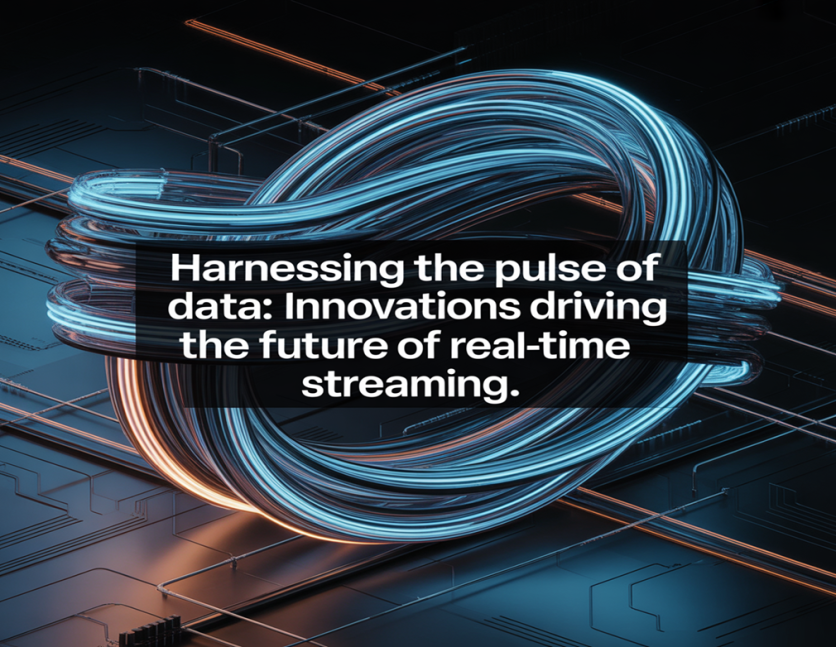
In today's digital transformation era, data no longer waits—it flows. This constant stream of information has transformed the way enterprises think, act, and innovate. In this timely exploration, Sudhir Kumar, a lead data engineer and technology thought leader, dissects the architecture and breakthroughs propelling real-time distributed systems into the future. With a keen understanding of both technical complexity and strategic value, he lays out the frameworks that are reshaping how businesses capture and act on information in motion.
Breaking the Batch Mold
The transition from batch to real-time processing marks a monumental shift in digital operations. Traditional systems that processed data at fixed intervals rapidly give way to architectures that support continuous ingestion and near-instantaneous analysis. This pivot is particularly vital for sectors where every millisecond counts. Organizations adopting real-time frameworks report drastic reductions in latency, enabling more agile decision-making and elevating their responsiveness to dynamic market environments.
Kafka's Distributed Backbone
Apache Kafka was a significant catalyst in this revolution. It has redefined message brokering through its distributed commit log architecture. Built for fault tolerance and horizontal scalability, Kafka ensures that data remains consistent despite node failures. With sophisticated leadership and replication protocols, enterprises can achieve uptime exceeding 99.99%. Beyond messaging, Kafka has evolved into a data platform with schema registries, robust access controls, and audit trails that support secure, regulated, and enterprise-grade implementations.
Spark Streaming: The Power of Micro-Batches
Spark Streaming presents a hybrid approach, merging the deterministic nature of batch processing with the velocity of streams. Its micro-batch architecture enables performance tuning that adapts to data velocity, resource availability, and workload characteristics. Structured Streaming, an enhancement over the traditional API, brings declarative SQL-based capabilities to streaming pipelines. This model supports advanced features like event-time semantics and seamless integration with historical datasets, powering use cases from anomaly detection to continuous ETL.
Cloud-Native Flexibility with Kinesis
AWS Kinesis enables scalable, real-time analytics with shard-based partitioning, automatic scaling, and enhanced fan-out. Its managed services bridge real-time and batch processing, offering elastic, decoupled data pipelines for dynamic, resilient cloud-native applications.
Strategic Frameworks for Implementation
Designing effective real-time systems requires careful alignment of business latency needs with technical processing models. Enterprises are increasingly adopting tiered architectures where real-time, near-real-time, and batch processes coexist. For instance, transactional operations may demand sub-50 millisecond responses, while analytical models tolerate higher latencies. Selecting appropriate frameworks and ensuring throughput efficiency under peak loads are critical to responsiveness and cost-effectiveness.
Governance and Reliability in Motion
Consistency and reliability are foundational to any stream processing system, particularly in regulated domains. Strategies like exactly-once semantics and lineage tracking reduce reconciliation costs and enhance trust in system outputs. Modern deployments also prioritize schema compatibility and state management to support seamless evolution without service disruption. With intelligent checkpointing and state pruning techniques, systems maintain performance even as workloads scale.
Evolving with Edge and Serverless Architectures
Edge computing introduces localized intelligence, reducing the need to transfer every data point to the cloud. Edge architectures enhance responsiveness and minimize bandwidth usage by pushing computation closer to data sources. Serverless models, meanwhile, have revolutionized operational agility. Function-as-a-Service (FaaS) enables developers to deploy processing logic without managing infrastructure, with benefits such as auto-scaling and fine-grained cost control. Together, these paradigms expand the reach and adaptability of real-time systems.
Predictive Streams Through Machine Learning
Real-time data gains transformative power when fused with predictive intelligence. Integrating machine learning into streaming pipelines enables enterprises to move from reactive monitoring to proactive actions like instant credit scoring, fraud detection, and personalization. Streaming frameworks support feature extraction, prediction, and continuous model updates, ensuring speed, performance, and sustained accuracy.
In conclusion, Sudhir Kumar, the landscape of real-time distributed computing rapidly redefines how enterprises engage with data. From resilient infrastructures like Kafka and Spark to agile, cloud-native solutions like Kinesis, each innovation contributes to a robust ecosystem for instant intelligence. As organizations embrace edge and serverless models and embed machine learning within their pipelines, they unlock new potential for speed, scalability, and foresight. The path ahead is one of continuous evolution, where real-time systems process data and shape decisions at the very moment they matter.

-
 C114 Communication Network
C114 Communication Network -
 Communication Home
Communication Home


